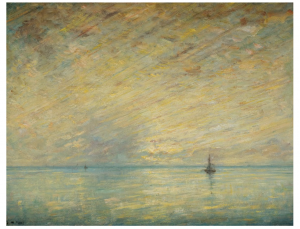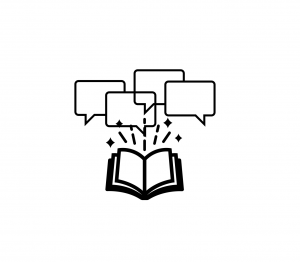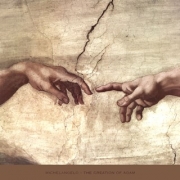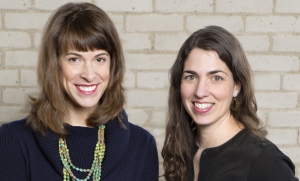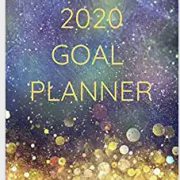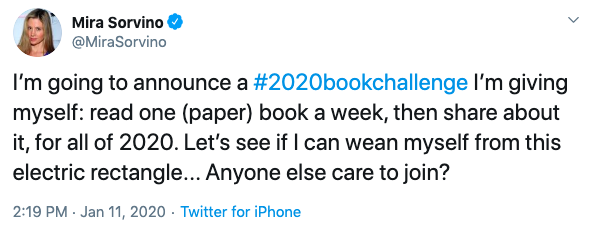
While most people benefit from plans, it’s often the preparation begotten by planning that matters more than the plan itself. This truism is attributed to Eisenhower, but its commonsense application pre- and postdates his mid-century usage.
First-time nonfiction authors, whether they walk the traditional or self-publication path, benefit from planning when they develop a completion* strategy in the earliest stages of drafting.
In most cases, this strategy begins by simply determining a completion date. The date is strategic not only because it encourages an author to set a realistic time frame in which to produce a book, but also because it invites an author to think ahead, anticipating the best-case timeline for publication and pointing to the larger continuum on which a book’s publication exists (on which completion is not completion but the beginning of the publication strategy).
Many authors are excited to set a completion date in the idea development stage. It’s only later, when faced with inexorable variables that limit progress, that authors feel the pressure of a self-imposed deadline. Of course, this is entirely as it should be. Everything feels possible before we begin—the exhilaration of possibility is the reason that some of us resist planning in the first place. It isn’t until we actually experience limitations (such as the inefficient cooperation of sources or coauthors) that we acutely feel their restrictive influence.
But pressure is often conducive to completion. And the date from which that pressure proceeds can help authors prepare for inevitable challenges, sometimes by helping to force different, more inventive, efforts at countering them.
There is another, less recognized reason for setting a completion date, too: The soft strategy authors develop for completion anticipates and readies them for that later stage of the continuum—the much harder, much more tactical strategy of publication.

